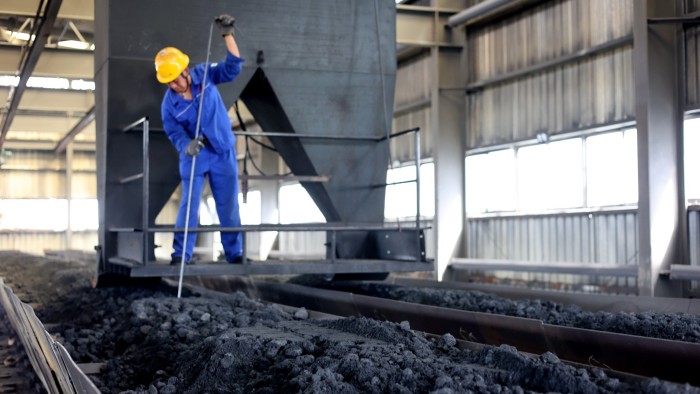Stay informed with free updates
Simply sign up to the Energy sector myFT Digest — delivered directly to your inbox.
The writer is executive director of the International Energy Agency
As the world’s energy system changes, so too does the nature of energy security.
Governments around the world pay close attention to ensuring secure supplies of the traditional fuels on which many of their energy systems rely, including oil, gas and coal. The recent blackout on the Iberian peninsula provided a stark reminder of the vital importance of electricity security.
But alongside these well-established areas, the issue of supplies of the minerals that go into a wide range of energy technologies — such as solar panels, wind turbines, batteries and power grids — has rocketed up the international agenda. And the implications go well beyond energy.
Technologies used in energy, electronics and aerospace often depend on the same critical minerals and share interconnected supply chains. For example, rare earth elements are essential for wind turbines and electric vehicles, and for robots and drones. Similarly, zirconium and boron play an important role in nuclear power and jet engines.
The rapid growth of these technologies, combined with countries’ ambitions to expand domestic manufacturing, has focused attention on where the minerals vital for their production are mined and, more importantly, refined.
From an energy security perspective, the picture is not reassuring.
At the International Energy Agency, one of our golden rules for energy security is diversification. Relying too heavily on one particular fuel or supplier can bring substantial risks, as Europe discovered to its considerable cost when it came to natural gas supplies from Russia.
Unfortunately, supplies of the six major energy-related critical minerals — copper, lithium, nickel, cobalt, graphite and rare earths — are moving in the opposite direction, becoming less and less diversified.
Since the IEA published its landmark study on critical minerals in the clean energy transition four years ago, the average market share of the top three producers has risen to nearly 90 per cent. Even taking into account all the planned mineral projects worldwide, this high degree of concentration is only set to ease slightly over the next decade, taking it back to essentially the same level it was in 2020.
This is not just an energy issue — it’s an economic security issue. The imbalance is even more striking when you look at a broader set of energy-related minerals that are also used in sectors such as aerospace, defence and microchips. For a remarkable 19 out of 20 of strategic minerals, China is the leading refiner, with an average market share of 70 per cent.
Over the past two decades, China has invested heavily in these value chains, building up infrastructure that supports its burgeoning clean energy technology production and other advanced manufacturing sectors. A key challenge is that, as of today, more than half of these strategic minerals face some form of export restriction or trade control. These restrictions are no longer limited to raw or refined materials — they also increasingly target the technologies for processing the minerals.
For the moment, the main critical mineral markets appear well supplied. However, this has resulted in a slump in prices, deterring investments needed to diversify supplies and meet strong projected growth in demand over the coming decade. Projects involving new entrants to the market have been the worst affected. And the long lead times for projects increase the risks to supply security if investment decisions are delayed.
Policy support and international partnerships are essential. Projects in more diversified regions typically face capital costs that are around 50 per cent higher than those in China and other incumbent refiners. Tools such as price-stabilisation mechanisms, demand guarantees and incentives tied to high environmental and social standards could help unlock new supply. For example, targeted incentives for cleaner nickel production could reduce global market concentration by 7 per cent within the next 10 years.
Collaboration is just as important as competition. Resource-rich countries, those with refining capabilities and downstream consumer countries all have a stake in more secure and sustainable supply chains, while strategic partnerships can help shift the balance in highly concentrated markets such as graphite and rare earths.
Technology also has a big role to play. Innovations in exploration, mining and refining, such as artificial intelligence-driven geological analysis, can cut drilling costs by up to 60 per cent and increase discovery success rates by a factor of four.
The IEA is stepping up its efforts, helping to build resilience against supply disruptions, supporting faster project development across regions and strengthening market monitoring. But governments and industry must act together, with urgency and resolve, if the next generation of energy technologies is to rest on secure foundations.
Left to their own devices, markets will not deliver the level of diversification and growth that would significantly reduce supply security risks.
https://www.ft.com/content/b9a191aa-27ba-41b6-b2b5-0f9b8b40ce8d


